
The new year is always an opportunity for renewed motivation, even as the coronavirus pandemic keeps on disrupting our work.
So take a look at some tools and resources which could make your work life a bit easier, or help you nail your New Year's resolutions. Journalism.co.uk has rounded up a handful of free tools for you to try out in 2021.
Descript
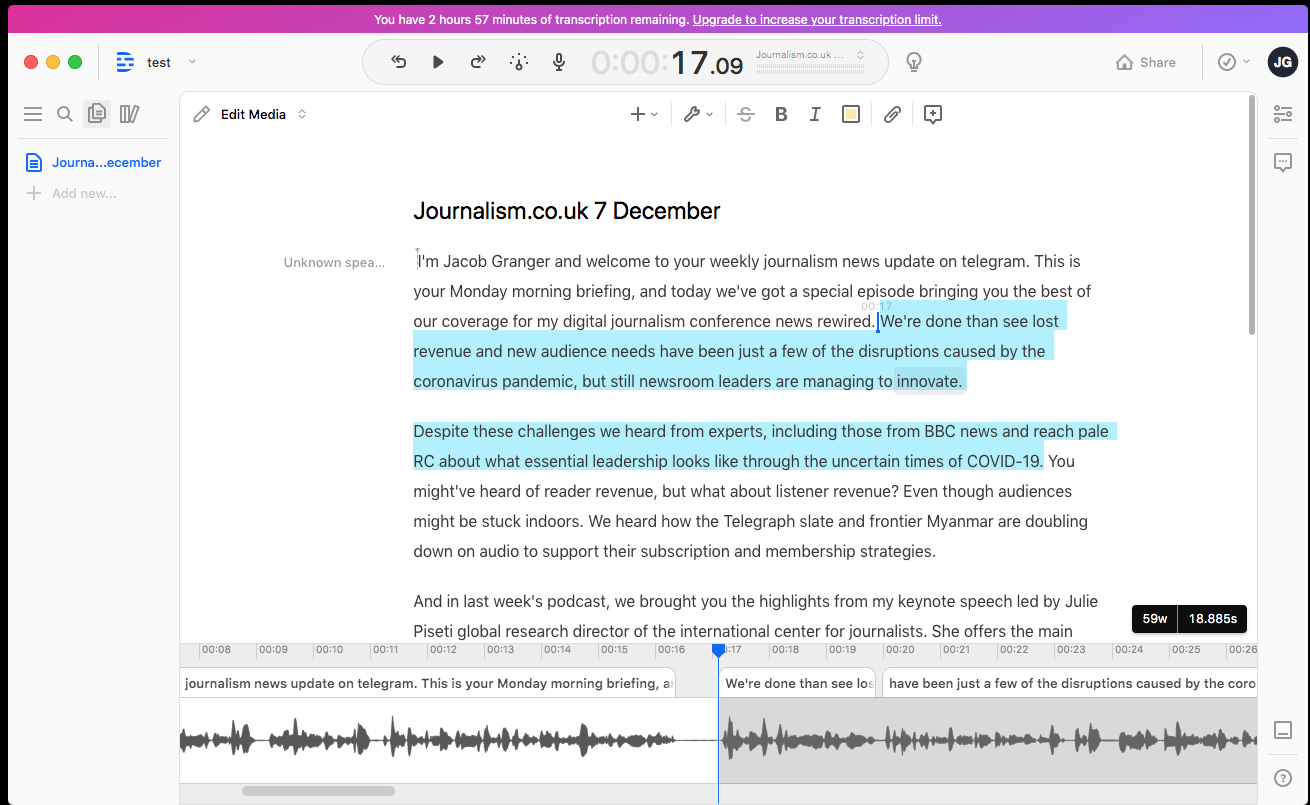
Maybe your New Year's resolution is to start a podcast or a YouTube account. Creating this content can be a labour of love, especially when it comes to the editing process which can take forever. What if there was a way to take the chore out of the process?
Descript is an AI-powered audio editor that allows you to edit your audio just as you would in a word processor. Simply upload your file or record via a screen recording and Descript will transcribe the audio (you can absolutely use the tool for this feature alone). This will cause video files to jump, so you will need to think about overlay visuals.
With the transcription, you can cut out all the parts of your script you do not want by highlighting and hitting backspace, or using the trusty command/shift + X shortcut. This is handy for seeing parts of your interview, at a glance, you know you want to cut, move around and pluck out the filler words. Mining through an audio recording for edits is famously time-consuming and painstaking so editing a visual file is great help.
With the free version, you will receive access to one project, 20 screen recordings and 3 hours of transcription per month. You can also add team members who can provide comments for edits and work collaboratively.
Different premium tiers open up after that at $12 and $24 a month, giving you unlimited access to the existing features as well as new ones, mainly the 'overdub' AI feature which will allow you to write in new words and will generate your own voice into the file.
VN Video Editor
Although most of us have been stuck indoors for most of 2021, mobile journalism has been a valuable asset for reporters who have had to brave the streets.
As the cliche goes, the smartphone is 'an editing studio in your backpocket'. It is now possible to shoot, edit and upload news stories all using your choice of iPhone or Android. A solid choice available on both operating systems is VN Video Editor. It is a free video editor which allows you to create videos on your smartphone, as well as Macs.
Basic knowledge of video editing software (for example LumaFusion or Adobe Premiere) will give you the grounding to try this tool out. Bring in visuals from your phone's gallery, trim your clips, add music, titles and other overlays. You can also adjust speed and add filters. All the essentials are here and counted for.
There is also a wealth of video tutorials on its YouTube account, which will help you get past the basics and into more advanced features, and even learn how to use the tool to create TikToks (in case that is one of your New Year's resolutions).
Linktree
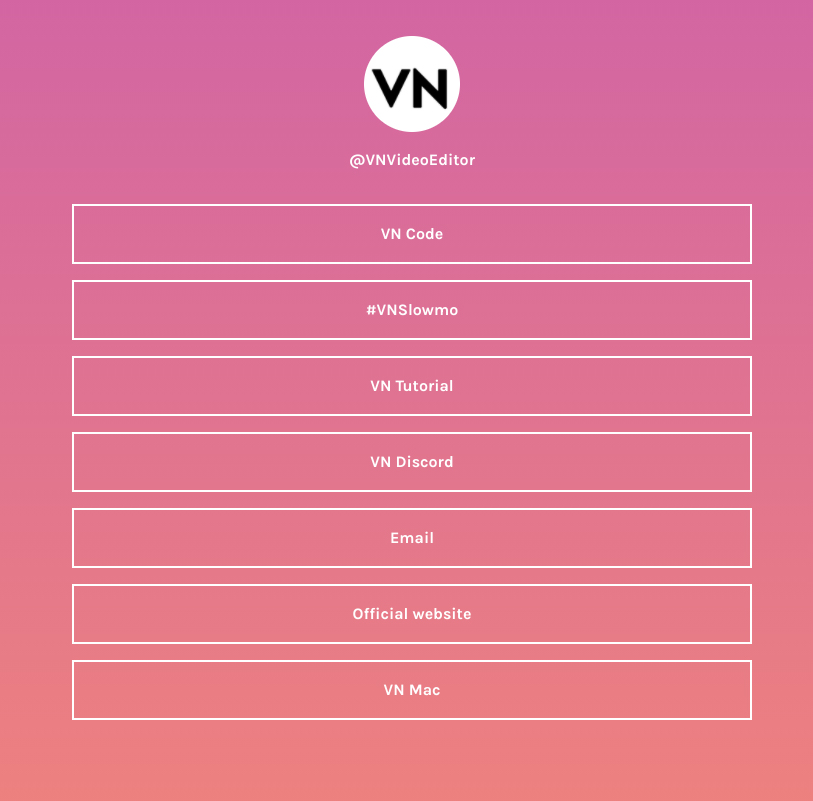
Popular amongst social media influencers to divert followers to other channels (memberships, YouTube accounts, other social media platforms), Linktree is a bio link tool which will help you branch out online.
It is simple as registering, assigning categories to your account (influencer, non-profit, government, podcaster etc.) and you can create your Linktree by inputting titles and links, and customise with themes and a main image.
The free version will grant you all the basics, including unlimited links and click-through analytics. There is a $6/month premium tier (Pro account) with greater integration on newsletters and other platforms, more advanced analytics, customisation, and more.
Individual journalists can use this to promote their social media accounts, podcasts, newsletters, Patreons, what have you. Media companies can use it for all the above, plus create new ways to keep in touch with their audiences. See a useful example from VN Video Editor above.
Calendly
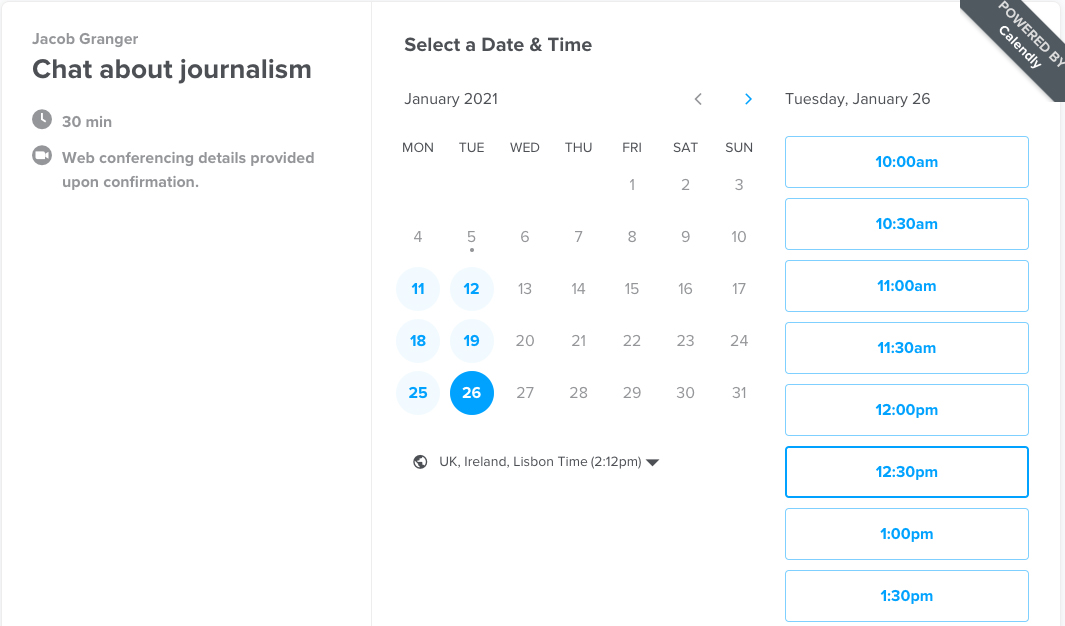
An organised calendar is the key to productivity and working from home requires us schedule even more interviews, meetings and events.
Calendly is an appointment scheduling tool which can be a handy way to portion off hours where you are available for others. It is as easy as signing up and inputting your available hours. You can adjust this to be in set windows (i.e. 30-minute slots) and on particular days, with some other customisable options like upfront questions and reminders. You receive a custom URL that you can make public (add it to your Linktree?) or send out to anyone that wants to pencil themselves in for a chat.
It is often used by mentors and consultants so others can book them for slots which are mutually workable. All this is available on the free tier, and an added bonus is that it integrates with several platforms like Zoom, Google Meet and Microsoft Teams so that the call takes place there.
Premium and pro accounts of $8 and $12 per month respectfully will give you some added features like SMS notifications and remove the watermark from your public diary.
Digital Health Lab
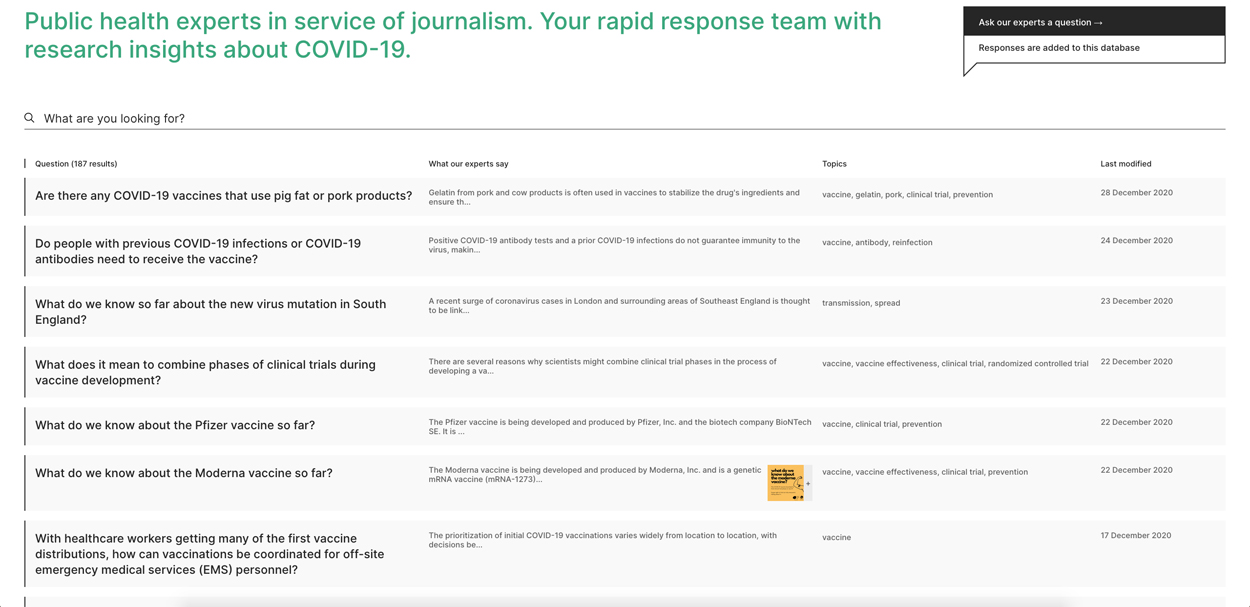
The coronavirus beat is not going away any time soon, and we are still learning new information about the virus. To put it another way, there is still a lot of false information out there.
Many reporters have had to adjust to this new beat and it has been difficult knowing which sources to trust and how to verify information quickly and reliably. Sound familiar? Here is a handy tool worth bookmarking.
Non-profit tech company Meedan launched a Digital Health Lab in May of last year to fact-check covid-19 information by an in-house expert team. It consists of public health researchers, epidemiologists, and infectious disease specialists, in collaboration from the Stanford Health Communications Initiative and the Harvard School of Public Health.
The website has a treasure trove of FAQ's which should answer most of your burning questions. But if you still cannot find what you are looking for, you can also submit questions and they will notify you when your question has been answered.
Want to know more about the process? In-house journalist and editorial lead of the lab, Megan Marrelli, joined us on the Journalism.co.uk podcast last year to talk about the process of fact-checking science that is not fully understood, or where there is simply not enough knowledge in the scientific community.
Unpaywall
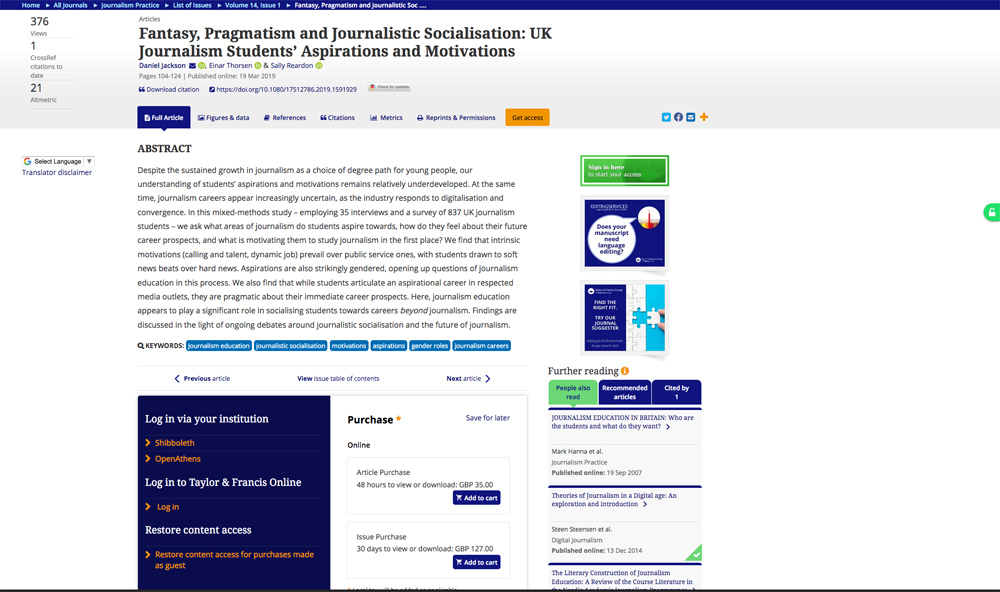
Here is one that journalism students will rejoice. We have all experienced the moment when you are writing up an essay and you have found the perfect academic piece to cite - only for the paper to be locked behind a paywall.
Turns out you might just be looking in the wrong place. Unpaywall is a free and legal browser extension which simply monitors the internet for an alternative source where the paper is free.
If you download the tool (available on Chrome and Firefox), a small padlock icon will appear on the right-hand side of your screen. If it is green, that means that Unpaywall has located a free source of the paper. Simply click to open the document. If it is grey, sadly, it has not found a free version. You win some, you lose some.
This can also be a handy workaround for any journalists who needs to look up academic sources, for example, science reporters or those covering covid-19.
Screenity
When it comes to video explainers on anything, from social media posts to how a website works, a typical workflow might be using Quicktime to screenrecord, with a voiceover if you're feeling brave and comfortable, and then post-produce with effects.
All of these steps are possible with one free Chrome browser extension called Screenity. It is a screenrecording and annotating tool that allows you to record from the internet tab you are using, the entire desktop or your own webcam. What is useful about Screenity is that you have a host of customisable features to use as you go, including arrows, text and freehand drawing. You can also select an audio source to narrate as you go.
Other techniques inlcude highlighting from a dark background and having your webcam appear. Once you are down, you can simply download the video or upload it to your Google Drive account. 'React videos', (videos of the host reacting to something) for example, could also make use of this tool quite well.
What did we miss off? Send us your favourite and essential tools on Twitter @journalismnews
Free daily newsletter
If you like our news and feature articles, you can sign up to receive our free daily (Mon-Fri) email newsletter (mobile friendly).
Related articles
- Five podcast and newsletter lessons from leading publishers, with Media Voices
- Tool for journalists: Story SpinnerAI, for generating story angles based on user needs
- Why TikTok star Sophia Smith Galer created an AI tool to help journalists make viral videos
- Newsrewired takeaways: fact-checking, Gen Z and public interest news in the run-up to the general election
- Tips to tailor pitches for written, audio and visual formats









